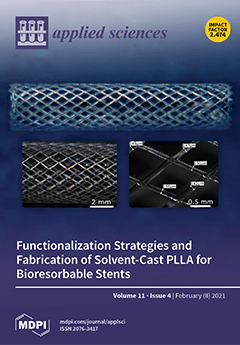Open AccessArticle
Data Assimilation of AOD and Estimation of Surface Particulate Matters over the Arctic
by
Kyung M. Han, Chang H. Jung, Rae-Seol Park, Soon-Young Park, Sojin Lee, Markku Kulmala, Tuukka Petäjä, Grzegorz Karasiński, Piotr Sobolewski, Young Jun Yoon, Bang Young Lee, Kiyeon Kim and Hyun S. Kim
Cited by 3 | Viewed by 3039
Abstract
In this study, more accurate information on the levels of aerosol optical depth (AOD) was calculated from the assimilation of the modeled AOD based on the optimal interpolation method. Additionally, more realistic levels of surface particulate matters over the Arctic were estimated using
[...] Read more.
In this study, more accurate information on the levels of aerosol optical depth (AOD) was calculated from the assimilation of the modeled AOD based on the optimal interpolation method. Additionally, more realistic levels of surface particulate matters over the Arctic were estimated using the assimilated AOD based on the linear relationship between the particulate matters and AODs. In comparison to the MODIS observation, the assimilated AOD was much improved compared with the modeled AOD (e.g., increase in correlation coefficients from −0.15–0.26 to 0.17–0.76 over the Arctic). The newly inferred monthly averages of PM
10 and PM
2.5 for April–September 2008 were 2.18–3.70 μg m
−3 and 0.85–1.68 μg m
−3 over the Arctic, respectively. These corresponded to an increase of 140–180%, compared with the modeled PMs. In comparison to in-situ observation, the inferred PMs showed better performances than those from the simulations, particularly at Hyytiala station. Therefore, combining the model simulation and data assimilation provided more accurate concentrations of AOD, PM
10, and PM
2.5 than those only calculated from the model simulations.
Full article
►▼
Show Figures





